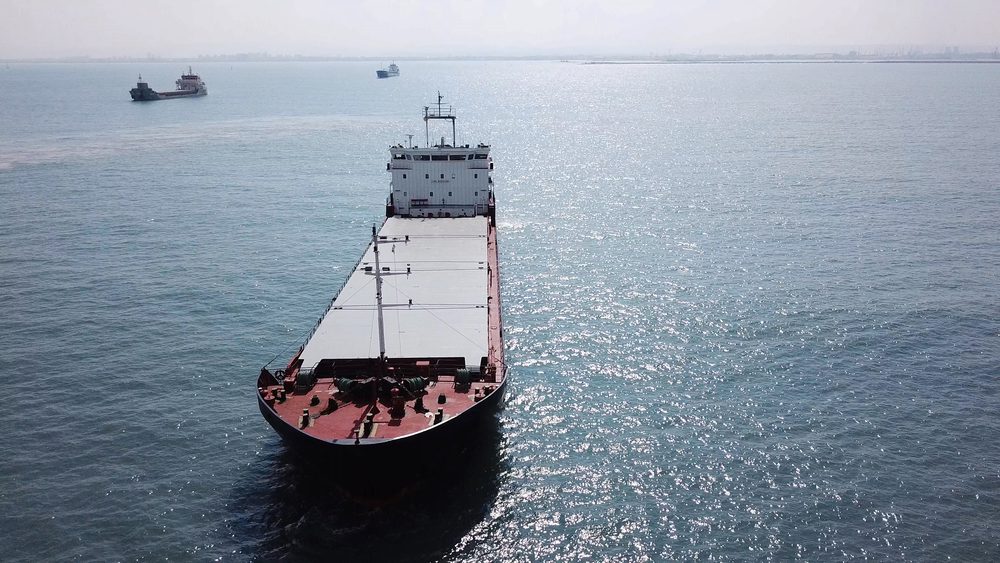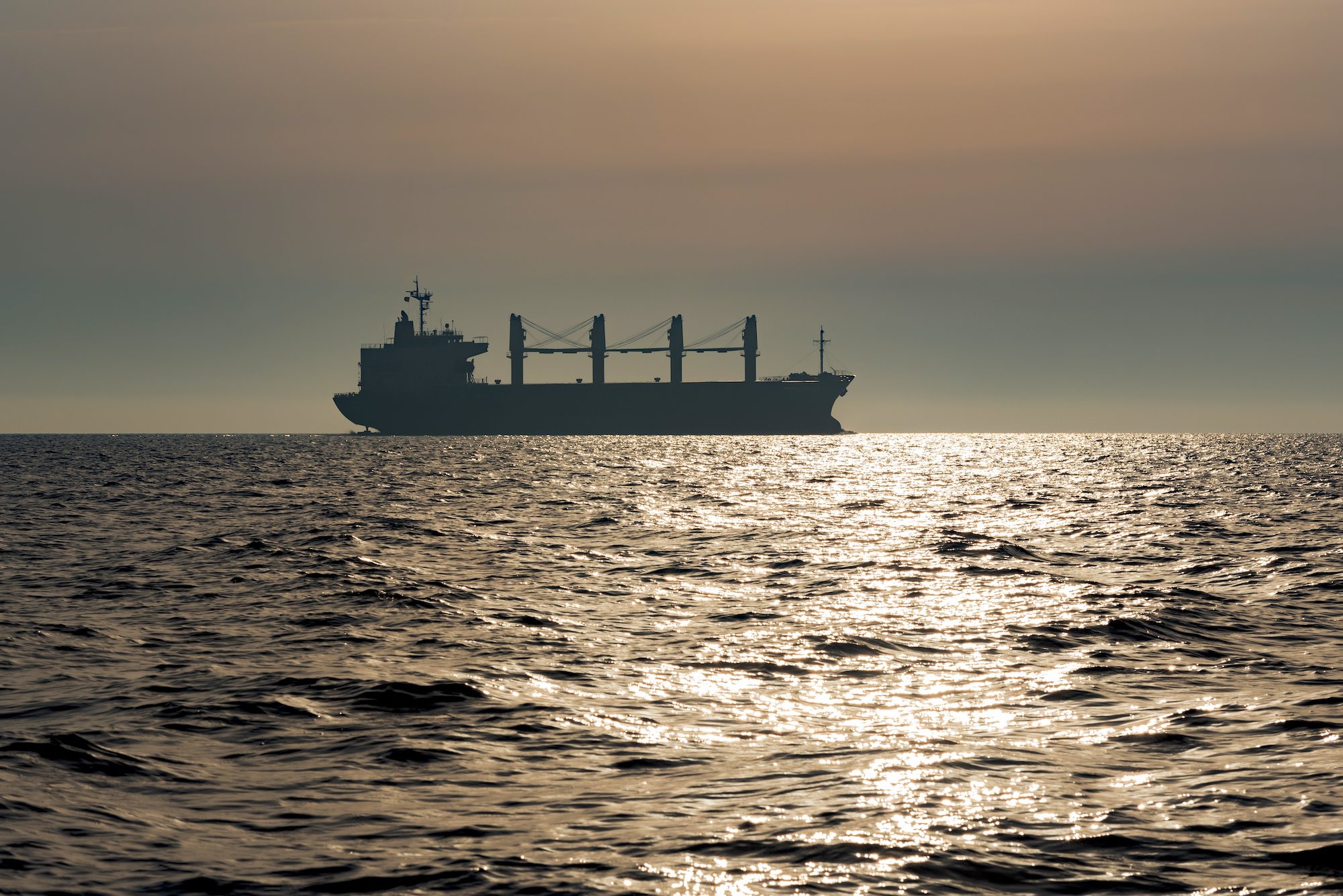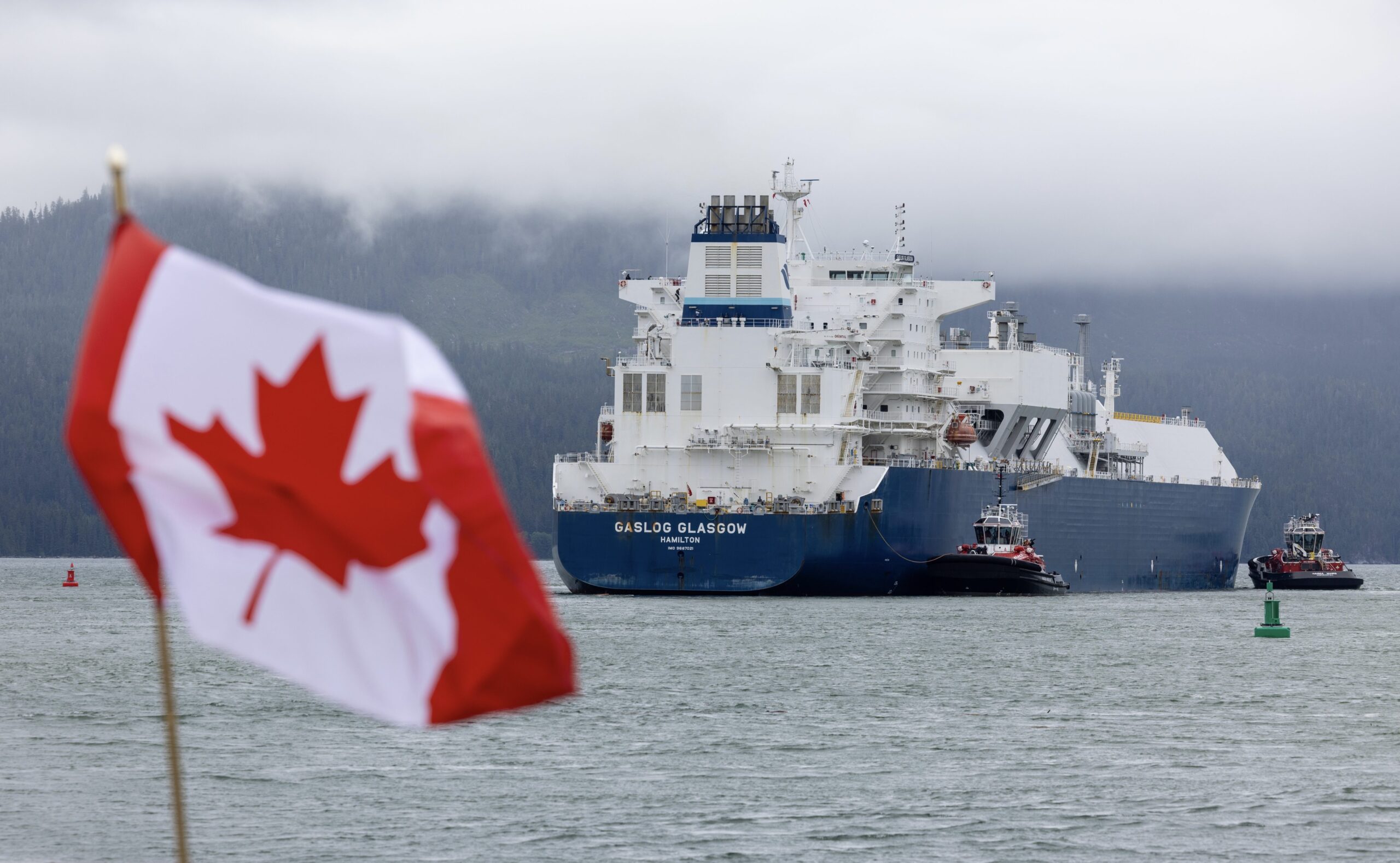Wärtsilä has, in the autumn of 2010, initiated a major project to further develop its low-speed engine portfolio to include gas engines, alongside its medium-speed dual fuel engines, as part of the company’s strategy. A new test engine will be installed in the Trieste engine laboratory in Italy in March this year. Engine testing will commence shortly thereafter.
The principal aim of the initiative is to strengthen Wärtsilä’s leading position in gas engine technology, and to further improve its competitive edge in the global marine markets.
The marine market is today characterised by a growing awareness of the need for alternative fuel solutions that can reduce emissions while, at the same time, being commercially viable. Natural gas is currently the alternative fuel offering the biggest potential in this respect. LPG (liquefied petroleum gas) has also attracted some interest but is not a commercially viable alternative due to its prohibitive price.
In a shipping market with alternative bunkers available, dual-fuel engine installations offer the flexibility much sought after by operators. With dual-fuel engines, operators are free to switch between gas or diesel fuels, depending upon price and bunkering availability.
“We believe the time is now right to further develop our natural gas solutions for the Merchant fleet at large. Of course, we are aware of the challenges to be overcome as bunkering facilities are not yet in place for starters. A number of other practical challenges need to be addressed, but companies such as SeaCargo have led the way showing the market that it can be done. Others will no doubt follow,” says Lars Anderson, Vice President at Wärtsilä Ship Power Merchant.
“That is why we have started a comprehensive research programme, building upon our considerable past experience to develop solutions that meet the broader expectations of the Merchant fleet. ‘Fit for ship’ is the leading theme. This means reliability, in that our solutions must be ready for the seven seas, and commercial viability, both in terms of initial investment as well as operating cost. Naturally, the upcoming emissions limits are also part of the equation,” he adds.
Source: Wärtsilä Corporation, Trade & Technical Press release

 Join The Club
Join The Club










